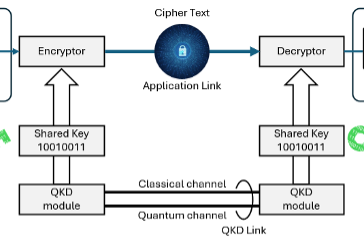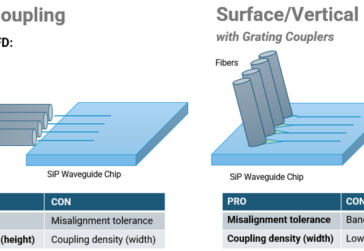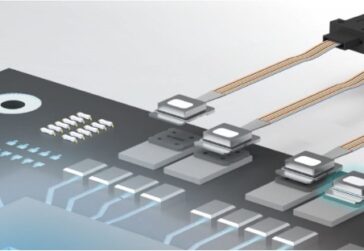光分路器在现代光网络中的应用
Optical networks have revolutionized telecommunications, providing high-speed, reliable data transmission over long distances with minimal loss. Within these networks, splitters play a crucial role in directing and managing light signals. Splitters are passive optical devices that divide or combine optical signals, and they come in various types, including power splitters, uneven splitters, and wavelength-division multiplexing (WDM) splitters. Each type serves specific applications, enabling efficient use of optical infrastructure. Let’s explore the functionality, applications, and advantages of power splitters, uneven splitters, and WDM splitters in optical networks.
Power splitters (also commonly called “optical splitters”) are devices that divide an optical signal into multiple, equal-intensity output signals. The split ratios are usually even, like 1:2, 1:4, 1:8, and up to 1:32. Other split ratios are available, but usually come at a higher cost as they have limited applications. The power in the input signal is evenly distributed among each output, which is why power splitters are commonly used in passive optical networks (PONs) and fiber-to-the-home (FTTH) applications where a single optical fiber from a central office is split into multiple branches, each leading to different subscribers. Power splitters allow this branching while ensuring each subscriber receives the same signal quality. In FTTH deployments, power splitters can handle up to 32 or even 64 outputs from a single input, significantly reducing the amount of infrastructure needed to deliver broadband to multiple households or businesses. They are bidirectional, meaning they can split signals traveling in either direction. However, the trade-off is signal strength; each division results in some signal loss, which must be considered in network design.

Uneven splitters, sometimes also referred to as tap splitters or unbalanced splitters, distribute an optical signal into multiple outputs with varying power levels. The splitters are labelled with their power ratio such as 90/10 or 70/30. This type of splitter is often useful in networks where certain output destinations require a stronger signal than others such as in hybrid fiber-coaxial (HFC) networks or in locations with limited fiber.
The lower power optical output is tapped off at a location closer to the source, while the higher power signal propagates to a further location. Multiple uneven splitters are usually installed in series for efficient power management across large or variably spaced network segments.
Another common application is network monitoring. Uneven splitters allow a small portion of the signal to be tapped off and sent to monitoring equipment without significantly impacting the main signal’s integrity. This application is valuable in network operations centers (NOCs) where continuous monitoring is required to assess network performance.

Wavelength-Division Multiplexing (WDM) splitters are specialized splitters used to separate or combine optical signals based on their wavelength. Unlike power and uneven splitters, WDM splitters work by multiplexing or demultiplexing signals at different wavelengths, allowing multiple data channels to share a single fiber optic cable without interference.
WDM splitters are essential in long-haul fiber optic communications, metro networks, and data centers, where high bandwidth is a necessity. In these applications, WDM splitters separate or combine signals on different wavelengths, allowing a single optical fiber to carry multiple signals simultaneously. This dramatically increases the capacity of optical fibers, making WDM a cornerstone technology for high-demand network environments.
There are two types of WDM commonly used in networks:
- CWDM (Coarse WDM): CWDM supports fewer channels (usually 4 to 18) but is more cost-effective and ideal for shorter-distance applications like metro networks.
- DWDM (Dense WDM): DWDM supports a higher channel count (up to 80 or more), making it suitable for long-haul, high-capacity networks. DWDM requires tighter control over channel spacing, which increases costs but allows for higher data throughput.
WDM splitters support bidirectional transmission on the same fiber, increasing fiber usage efficiency. They are ideal for scalable network growth, as additional wavelengths can be added as needed without laying new fiber. WDM splitters are identified as a potential solution to use PON networks to support 5G fronthaul system with the splitter deployed on the Active Antenna Unit (AAU) side. However, they require careful wavelength management and precise equipment to avoid interference between channels.

结论
The use of power splitters, uneven splitters, and WDM splitters enables greater flexibility and efficiency in optical network management. Each splitter type serves specific roles that cater to the demands of modern telecommunications, from simple residential broadband access to sophisticated data center infrastructures.
As optical networks continue to evolve and grow, understanding the applications of these splitters allows network engineers to maximize performance, minimize costs, and support high-speed data transmission across varying network environments. With careful planning and application, splitters will remain a foundational component in optimizing the capacity and reliability of optical communications for years to come.




